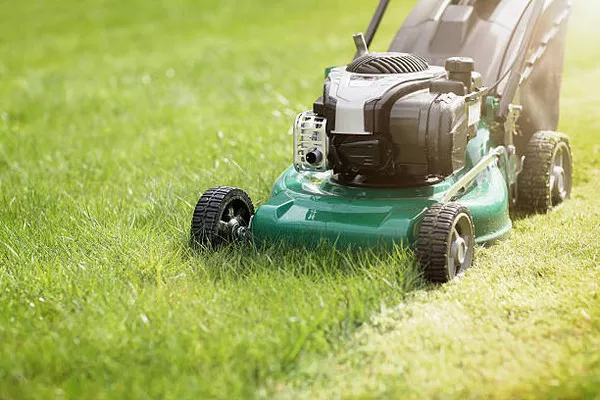Maintaining a well-manicured lawn requires a properly functioning lawn mower with sharp blades. Dull blades not only compromise the quality of the cut but can also stress the grass, leading to browning and disease. Regularly sharpening lawn mower blades is essential for optimal lawn care, and the choice of file for this task is crucial. In this article, we will explore the different types of files available for sharpening lawn mower blades and provide insights into selecting the most suitable file for the job.
Understanding Lawn Mower Blade Sharpening
Before delving into the various types of files, it is essential to understand the basics of lawn mower blade sharpening. Blades tend to lose their sharpness after extended use, encountering rocks, debris, and uneven terrain. Sharpening the blades removes any nicks or dents, ensuring a clean cut that promotes a healthy lawn.
The Two Common Types of Lawn Mower Blade Files
Flat File:
The flat file is a traditional, versatile tool used for sharpening lawn mower blades. It features a flat, rectangular cross-section with teeth on one or both of its broad surfaces. Flat files are available in various sizes and tooth configurations, allowing users to adapt them to different blade designs and conditions.
Advantages of Flat Files:
a. Versatility: Flat files can be used on various blade shapes and sizes, making them suitable for a wide range of lawn mower models.
b. Ease of Use: They are straightforward to use, even for beginners.
c. Cost-Effectiveness: Flat files are generally more affordable than other specialized sharpening tools.
Mill Bastard File:
The mill bastard file is another common option for sharpening lawn mower blades. It is also a flat file but possesses a finer tooth pattern than a standard flat file. The finer teeth make it more suitable for precision sharpening tasks.
Advantages of Mill Bastard Files:
a. Finer Sharpening: The finer tooth pattern allows for more precise sharpening, ideal for delicate or intricate blade designs.
b. Smoother Finish: The mill bastard file leaves a smoother edge on the blade after sharpening.
c. Versatility: While not as versatile as standard flat files, the mill bastard file can still handle various blade types.
Factors to Consider When Choosing a Lawn Mower Blade File
Blade Material:
The material of the lawn mower blade plays a crucial role in determining the file type required for sharpening. Most lawn mower blades are made from steel, and some may have additional coatings for durability. Standard flat files are suitable for most steel blades, while mill bastard files work well with higher-grade steel or blades with specialized coatings.
Blade Design:
Consider the shape and complexity of the lawn mower blade when selecting a file. Flat files are more versatile and can handle most blade shapes, but if the blade has intricate designs or serrations, a mill bastard file may be a better choice for precise sharpening.
Blade Condition:
The extent of blade damage or dullness should also influence your choice of file. If the blade has minor nicks and needs a quick touch-up, a flat file may suffice. However, severely damaged or dull blades might benefit from the finer sharpening capabilities of a mill bastard file.
User Experience:
Your familiarity and comfort with using different files should also be considered. If you are a novice at blade sharpening, a standard flat file is a safe starting point. As you gain experience and confidence, you can experiment with a mill bastard file for more refined results.
File Size:
Select a file size that matches the blade length to achieve consistent and even sharpening. A file that is too short may result in uneven sharpening, while a file that is too long can be cumbersome to handle.
Conclusion
Maintaining sharp lawn mower blades is vital for achieving a pristine and healthy lawn. The choice of file for sharpening these blades can significantly impact the quality of the cut and the overall lawn care process. Flat files and mill bastard files are the two primary options, each with its advantages and suitable use cases. By considering factors such as blade material, design, condition, user experience, and file size, you can make an informed decision and keep your lawn mower blades in top condition.
Remember to follow safety guidelines while sharpening blades, and if you are unsure or uncomfortable with the process, consult a professional for assistance. Regular maintenance and proper file selection will ensure your lawn mower remains efficient, helping you achieve a beautifully manicured lawn season after season.

